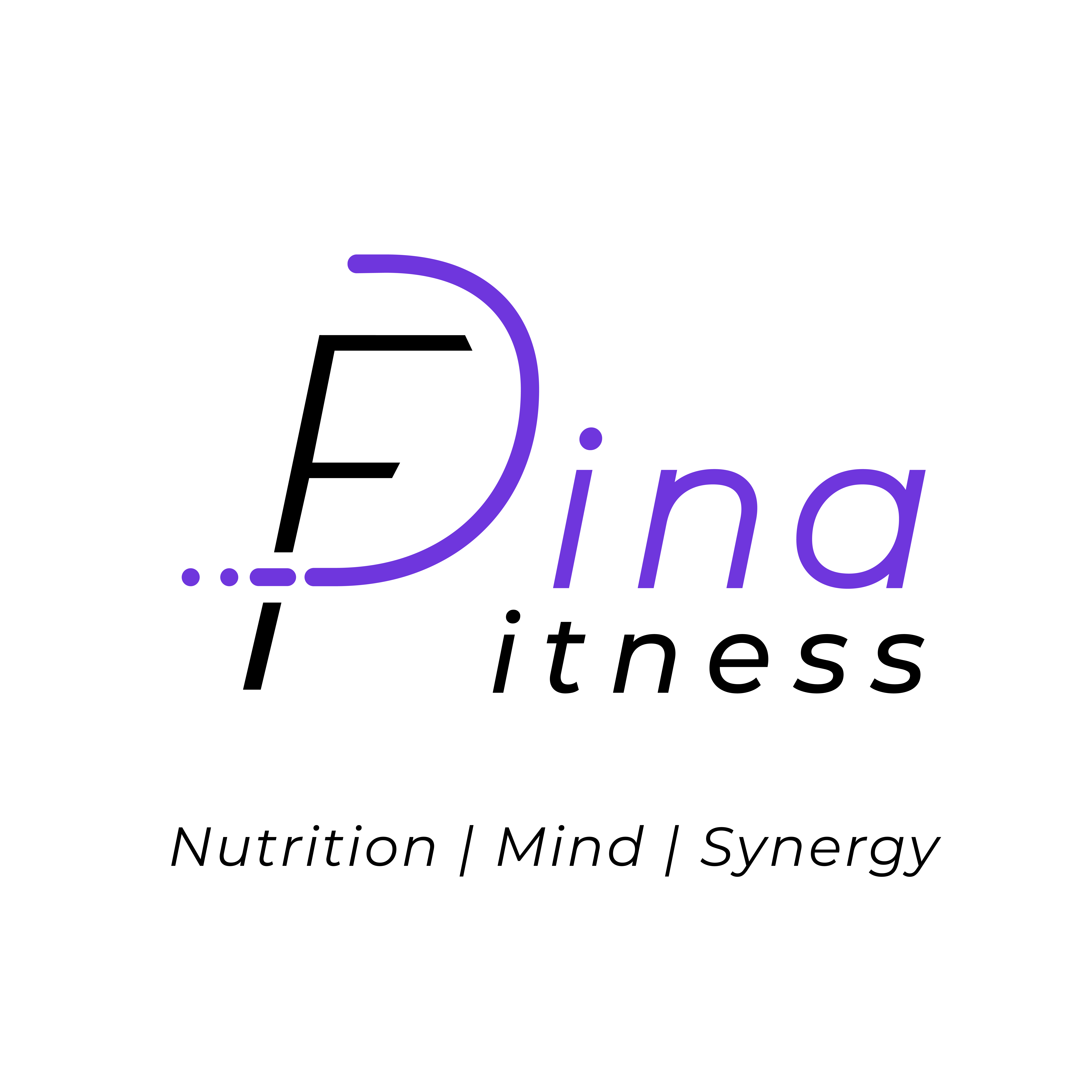1. What does a balanced diet for weight loss consist of?
A balanced diet consists of two main nutritional elements: Macronutrients and Micronutrients.
Macronutrients are essential nutrients that our body needs in large quantities, such as protein, carbs, and fats. Micronutrients, on the other hand, are needed in smaller amounts and include vitamins, minerals, and water. Both macronutrients and micronutrients play crucial roles in maintaining a balanced diet, particularly when weight loss is the primary goal.
As a personal trainer and nutritionist specializing in weight loss and strength , I advise my clients to first focus on balancing their daily intake of macronutrients. This approach is far more effective than obsessing over micronutrients or relying on supplements. The good news is that most natural food sources already contain both the macronutrients and micronutrients your body needs! I recommend additional supplementation only if a deficiency is detected by a general practitioner, or if my client is experiencing specific symptoms, recovering from an injury, has a chronic condition, or follows a vegan or vegetarian diet.
2 How to balance Macros?
Now let me clarify what are macronutrients and how can you balance them in your diet.
All three macronutrients – CARBOHYDRATES, PROTEIN and FATS – play an important role in helping you lose weight and build body strength at the same time.
Working with me as a personal trainer and nutritionist in Berlin, you’ll learn how to balance these nutrients to fuel your body and optimize your desired results.
Carbohydrates: Fuel for Life
Carbohydrates are our main source of energy. I like to call them “The Source of Life.” Our body constantly uses carbs, converting them into glucose to provide energy. Choosing complex carbohydrates such as whole grains and vegetables over simple carbs like pasta and white bread is a smart choice to provide sustained energy and support weight loss. In my personal training programs, I teach clients how to choose the right carbs for consistent energy and fat loss.
Protein: Building Strength
Protein gets broken down in our body into amino acids, which help build muscle, gain strength, and repair tissues. Incorporating lean proteins such as chicken, fish, and plant-based proteins into your diet is essential for both weight loss and building full-body strength.
Fats: The Right Balance
Fat is an important part of my weight loss and strength development programs as a personal trainer and nutritionist. I advise my clients to choose unsaturated fats over saturated fats—opt for olive oil, avocado, and fish instead of fatty beef steak, butter, and margarine. My nutrition plans help you understand how to balance your fat intake and what to choose at what time to promote fat loss and overall wellness.
3. Ideal Macronutrient Distribution for Weight Loss and Strength Development
For effective weight loss combined with strength gain, I recommend the following healthy macronutrient distribution for optimal fat burn:
- 40-45% Protein for muscle maintenance and fat loss
- 30-35% Carbohydrates for sustained energy during exercise
- 20-25% Fats for hormone balance and overall health
Your individual needs may vary, and as a personal trainer and nutritionist, I customize these ratios based on my client’s body type, fitness level, and goals to achieve the best results in weight loss and strength training.
4. Building Up Your Plate in Each Meal
To build a balanced plate for weight loss and strength, as a personal trainer and nutritionist, I recommend the following approach: 50% of your plate should be vegetables, as they provide fiber, vitamins, and complex carbohydrates that support fat loss and overall health. 25% of your plate should consist of protein—lean meats, fish, or plant-based proteins are excellent choices for muscle building and recovery. The remaining portion of your plate should include unsaturated fats (like avocado, olive oil, or nuts) and complex carbs (such as whole grains, sweet potatoes, or legumes). After your meal, enjoy a small serving of fruit as dessert and always drink water to stay hydrated.
Here is a conversation where I was giving advice to one of my audience on how to build up his plate and still enjoy the street food. I advised him to consume fat burning food that help him for weight loss. I offered him a personal training free session at the end of the conversation 🙂
View this post on Instagram
